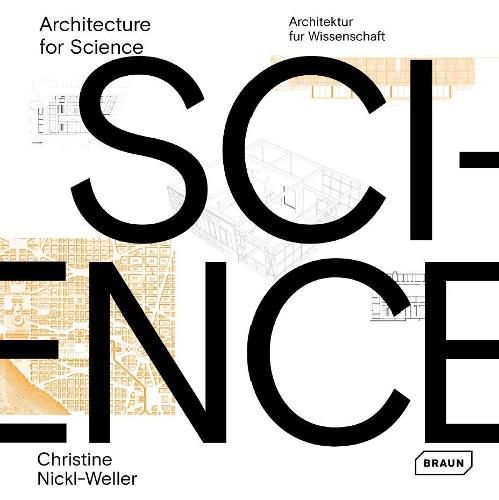Readings Newsletter
Become a Readings Member to make your shopping experience even easier.
Sign in or sign up for free!
You’re not far away from qualifying for FREE standard shipping within Australia
You’ve qualified for FREE standard shipping within Australia
The cart is loading…






Although research is the engine of all innovation, the research building as a purely functional building has not been of any architectural interest for a long time. However, there is consensus now that structures for research and knowledge transfer can do more than just providing workplaces and experimental areas. They are spaces of communication and inspiration, of urban development and a reflection of our times.
With this volume, the authors open the discussion on this type of building. They examine architecture for science in the context of urban structures, as a highly specialized building type, as well as in its dimension as a working and living environment, and with regard to creative considerations. The interdisciplinary approach is of decisive importance here, and thus not only architects and urban planners but also scientists from various academic disci-plines have their say.
$9.00 standard shipping within Australia
FREE standard shipping within Australia for orders over $100.00
Express & International shipping calculated at checkout
Although research is the engine of all innovation, the research building as a purely functional building has not been of any architectural interest for a long time. However, there is consensus now that structures for research and knowledge transfer can do more than just providing workplaces and experimental areas. They are spaces of communication and inspiration, of urban development and a reflection of our times.
With this volume, the authors open the discussion on this type of building. They examine architecture for science in the context of urban structures, as a highly specialized building type, as well as in its dimension as a working and living environment, and with regard to creative considerations. The interdisciplinary approach is of decisive importance here, and thus not only architects and urban planners but also scientists from various academic disci-plines have their say.